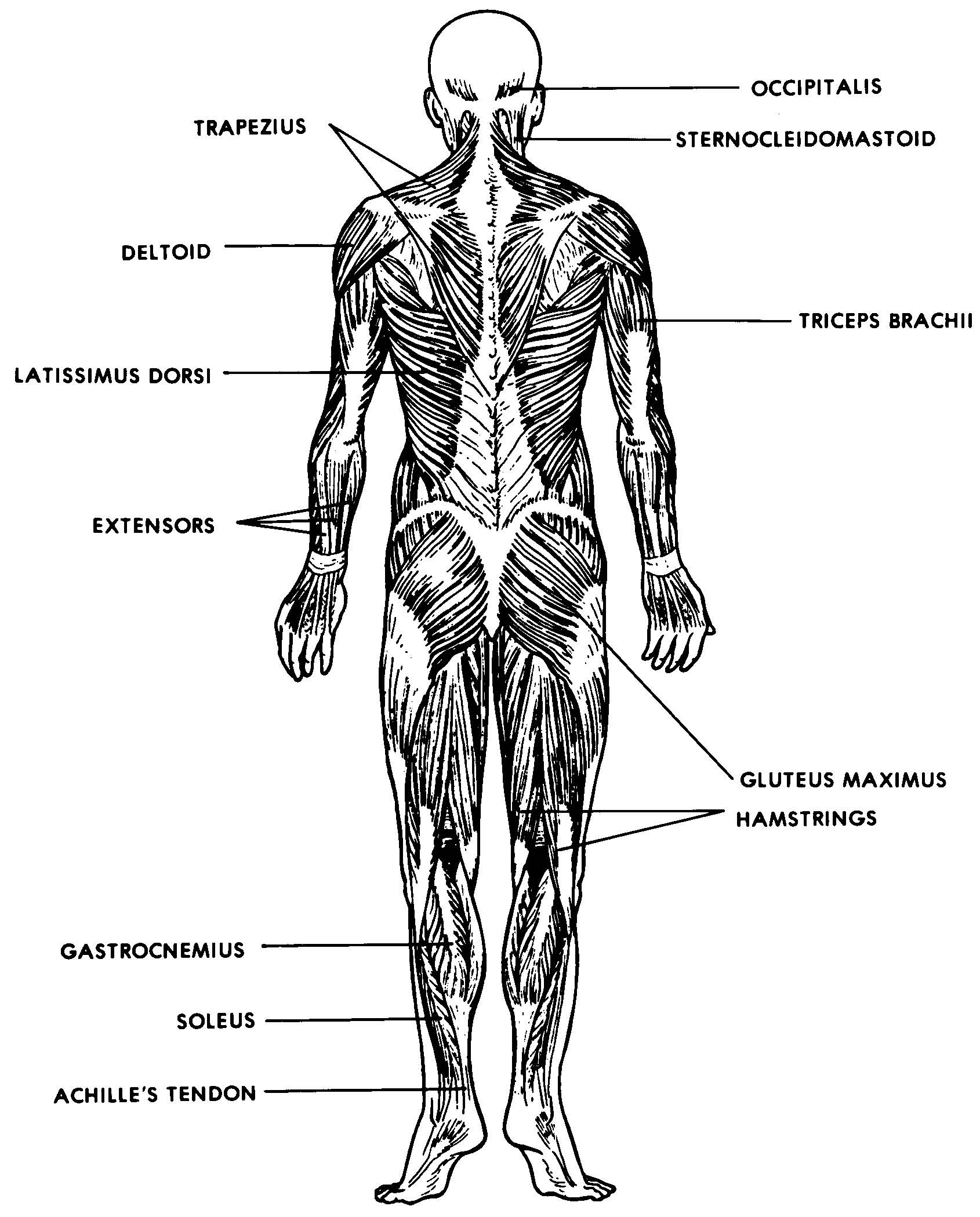Understanding the anatomy of muscles is essential for realistic depictions. It is the pen diagram of skeletal, smooth and cardiac muscle for class 10, 11 and 12. These layers cover muscle subunits, individual muscle cells, and myofibrils respectively. Web skeletal muscle is an excitable, contractile tissue responsible for maintaining posture and moving the orbits, together with the appendicular and axial skeletons. Each skeletal muscle has three layers of connective tissue that enclose it and provide structure to the muscle as a whole, and also compartmentalize the muscle fibers within the muscle.
The skeleton, however, is much more reliable. Here, let's learn more about the skeletal muscle description with a labelled diagram. Describe the layers of connective tissues packaging skeletal muscle. Each chart groups the muscles of that region into its component groups, making your revision a million times easier. Identify areas of the skeletal muscle fibers.
There are more than 600 skeletal muscles, and they makes up about 40 percent of a person’s body weight. Here are some key points to keep in mind: Blood vessels and nerves enter the connective tissue and branch in the cell. Mastering the human skeleton will mean you get figure drawing right every time. After all, they offer anchor points for muscle origin and insertion.
Cardiac muscles, found only in the heart, work involuntarily and at a moderate speed to keep our heart beating. Within muscles, there are layers of connective tissue called the epimysium, perimysium, and endomysium. Web knowing these skeletal basics is essential before delving into muscles. Describe the layers of connective tissues packaging skeletal muscle. Muscle and fat, in contrast, can vary wildly from person to person and even throughout a lifetime. Web our bodies are equipped with three types of muscles: Bones are the foundation of the body. Web these tissues include the skeletal muscle fibers, blood vessels, nerve fibers, and connective tissue. There are three types of muscles: Web in the musculoskeletal system, the muscular and skeletal systems work together to support and move the body. Web skeletal muscle is an excitable, contractile tissue responsible for maintaining posture and moving the orbits, together with the appendicular and axial skeletons. Speaking, walking, or writing) requires skeletal muscle. It attaches to bones and the orbits through tendons. It is the pen diagram of skeletal, smooth and cardiac muscle for class 10, 11 and 12. Here, let's learn more about the skeletal muscle description with a labelled diagram.
Identify Areas Of The Skeletal Muscle Fibers.
Skeletal muscles act not only to produce movement but also to stop movement, such as resisting gravity to maintain posture. It attaches to bones and the orbits through tendons. Each chart groups the muscles of that region into its component groups, making your revision a million times easier. Every physical action that a person consciously performs (e.g.
Identify Areas Of The Skeletal Muscle.
We’ve created muscle anatomy charts for every muscle containing region of the body: Describe the layers of connective tissues packaging skeletal muscle. Cardiac muscles, found only in the heart, work involuntarily and at a moderate speed to keep our heart beating. Muscle and fat, in contrast, can vary wildly from person to person and even throughout a lifetime.
There Are More Than 600 Skeletal Muscles, And They Makes Up About 40 Percent Of A Person’s Body Weight.
It consists of long multinucleate fibers. Web skeletal muscles are voluntary and striated in nature. The fibers run the entire length of the muscle they come from and so are usually too long to have their ends visible when viewed under the microscope. By the end of this section, you will be able to:
Each Skeletal Muscle Has Three Layers Of Connective Tissue That Enclose It And Provide Structure To The Muscle As A Whole, And Also Compartmentalize The Muscle Fibers Within The Muscle.
Web skeletal muscle is found attached to bones. Mastering the human skeleton will mean you get figure drawing right every time. Web knowing these skeletal basics is essential before delving into muscles. After all, they offer anchor points for muscle origin and insertion.









